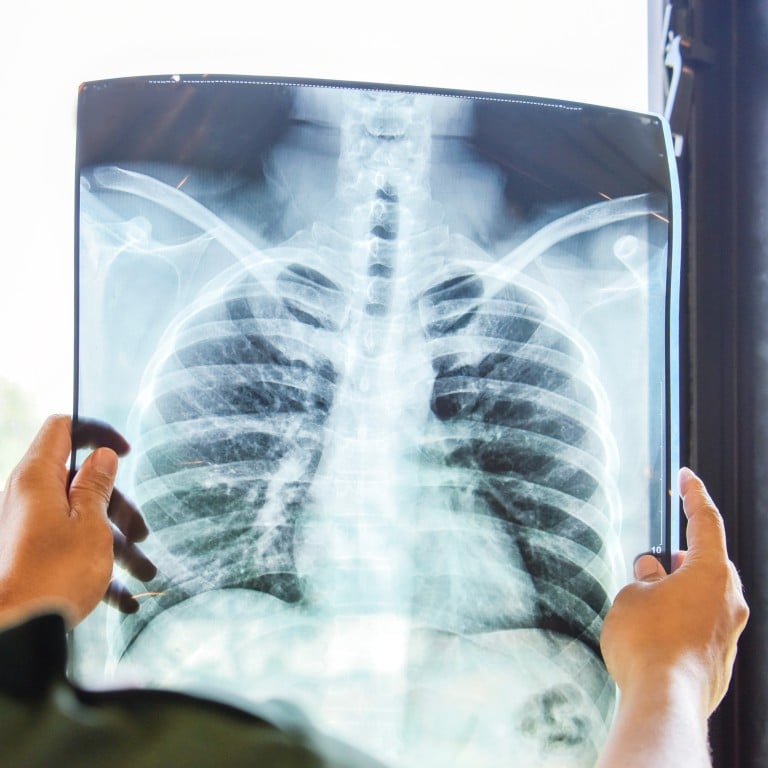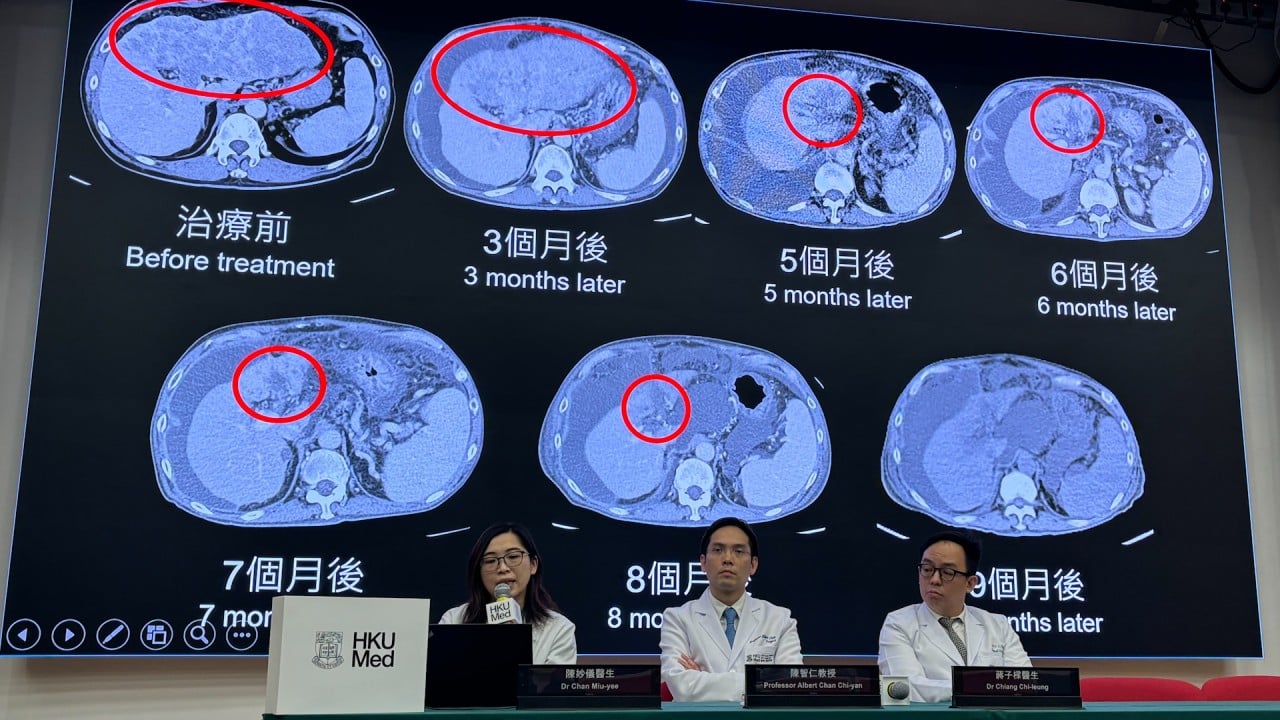
Chinese team tests lung treatment that may be first to reverse damage from chronic disease affecting 700 million people
- Paper follows statement by Zuo Wei that ‘stem cell and progenitor cell-based regenerative medicine may be the biggest, if not the only, hope to cure COPD’
- During a six-minute walking test, the study group could walk around 30 metres further after treatment, deemed a ‘clinically meaningful improvement’
Chinese scientists are conducting trials on a new treatment that could become the first therapy in the world to reverse and repair the damage caused by a severe lung disease.
It is the third leading cause of death in the world, however there is no treatment to repair lung cells damaged by the condition, as current therapies only address symptoms.
“As a result, patients with COPD usually show persistent declines” in their ability to diffuse gases such as carbon monoxide in the lungs, the team wrote in a paper published in the peer-reviewed journal Science Translational Medicine on Wednesday.
But through preclinical studies in mice and monkeys, the team and other scientists have found that resident progenitor lung cells – capable of differentiating into multiple types of lung cells – had a “capacity for regeneration”.
Healthy progenitor cells are often deficient in patients with COPD, however even those with the most severe stages of the disease still have healthy cells that can be isolated and used in personalised treatments.
These cells could be used as a “Band-Aid” for the lungs which could repair tissues in the airways and even deeper into the alveoli, the paper said.
“Stem cell and progenitor cell-based regenerative medicine may be the biggest, if not the only, hope to cure COPD,” Zuo Wei, study author and a professor at the Tongji University School of Medicine, said during a presentation at the European Respiratory Society International Congress last year.
In a phase 1 clinical trial of their treatment, the team collected healthy progenitor lung cells, called P63+, from the patients’ lungs via a bronchoscopy. The cells were then cultured in a lab for three to five weeks to make millions of cell clones.
Once the cells had multiplied, they were transplanted back into the patients via another bronchoscopy. A final evaluation of the patients was conducted six months after treatment.
The 17 patients with varying stages of COPD who received the treatment had no serious adverse side effects, and those that did occur were primarily a result of the bronchoscopy procedure, the team wrote.
New Chinese drug shows record treatment success against deadly lung cancer type
The scientists also did not observe any signs of tumour formation in the patients six months after transplant.
When evaluating the lung’s ability to diffuse carbon monoxide – which is used as a lung function test for COPD – the scientists found that the study group had improved diffusion capacity compared to the baseline and control patients.
During a six-minute walking test, the study group was able to walk around 30 metres further after the treatment, which was a “clinically meaningful improvement in exercise capacity,” the paper said.
Surveys of the trial participants also suggested “that most patients in the intervention group had an improved quality of life after treatment,” the team wrote.
“We found that P63+ progenitor cell transplantation not only improved the lung function of patients with COPD, but also relieved their symptoms, such as shortness of breath, loss of exercise ability and persistent coughing,” Zuo said.
The improvement in gas diffusion capacity and walking distance in the treated patients supports “further clinical studies of P63+ progenitor cells for the treatment of COPD” Melissa Norton, senior editor of the journal, said in an editor’s summary of the paper.
‘Their symptoms will become worse’: climate change threat to lung patients
The authors said the first phase of the clinical trial proved their treatment was “safe and well tolerated”, but it was limited to a small sample size comprising only men, so it was not suitable to determine efficacy yet.
To address this, the team is conducting an ongoing phase 2 clinical trial with a larger study group and follow-up time that looks at more indicators of lung function.



